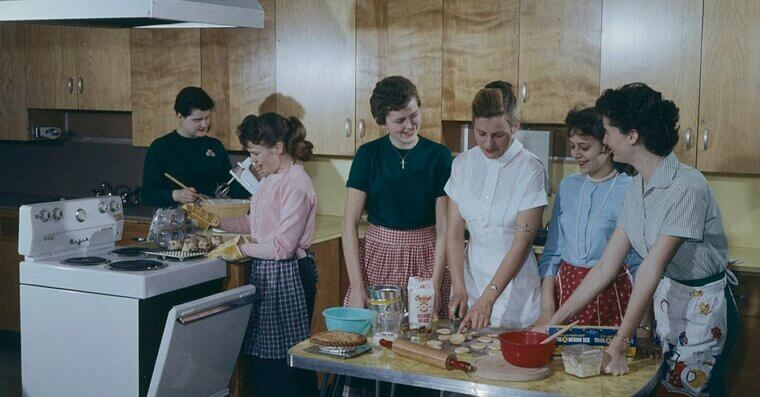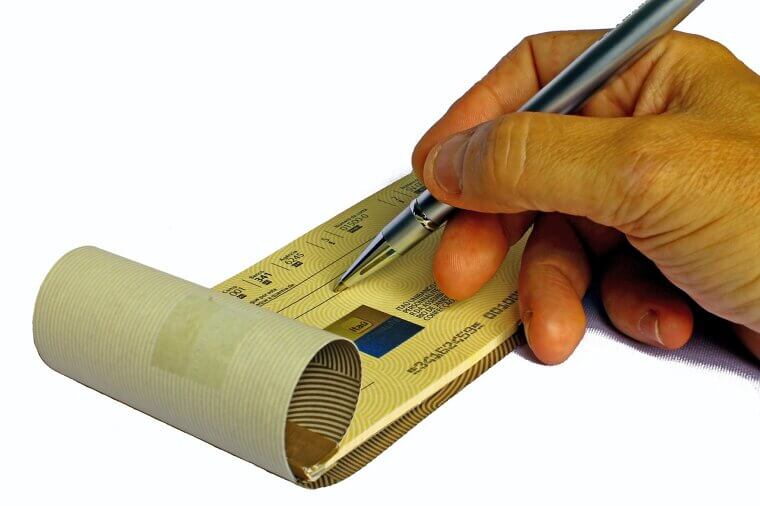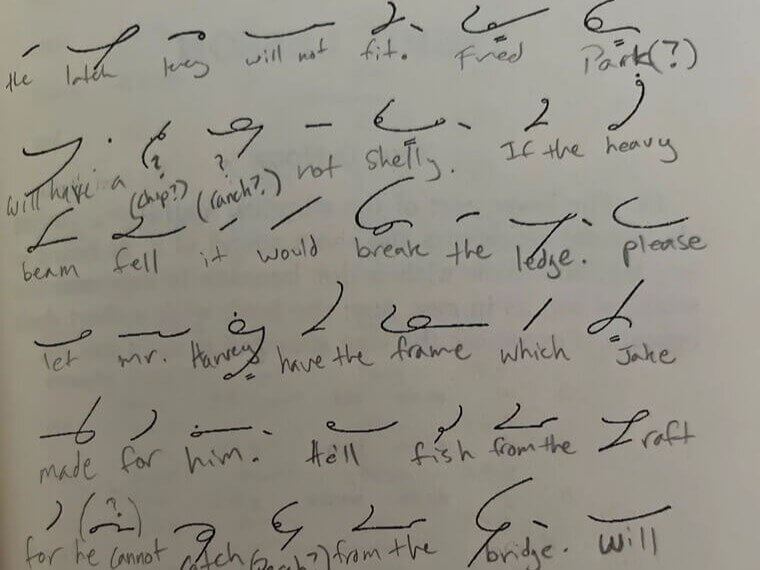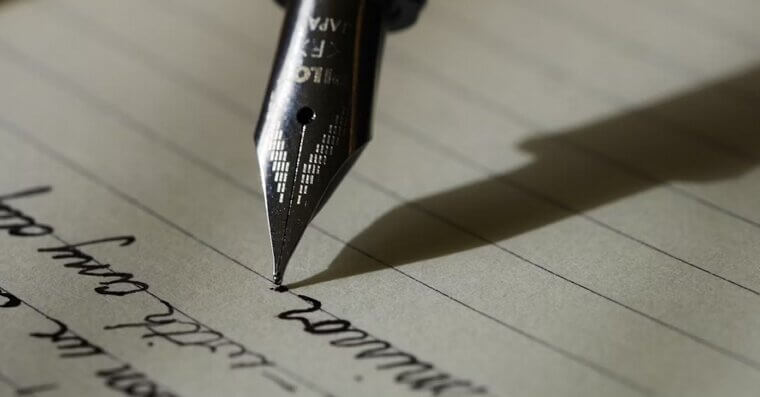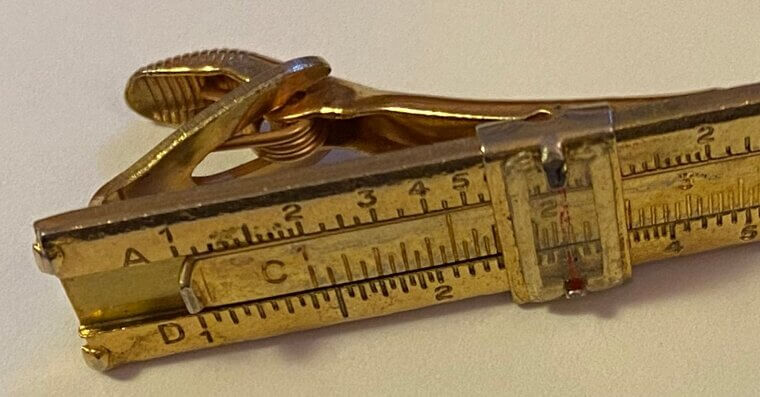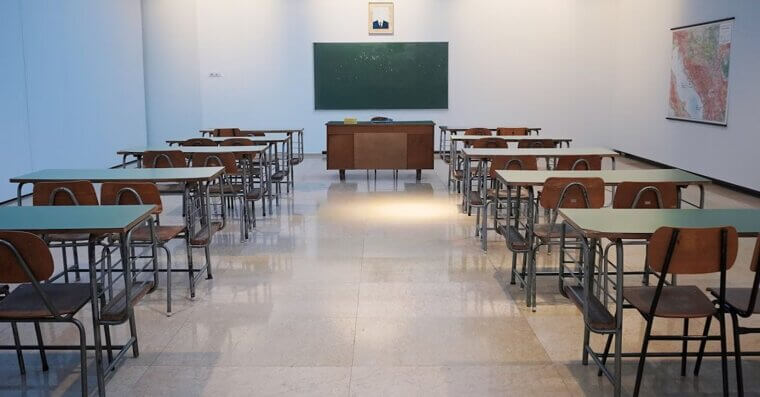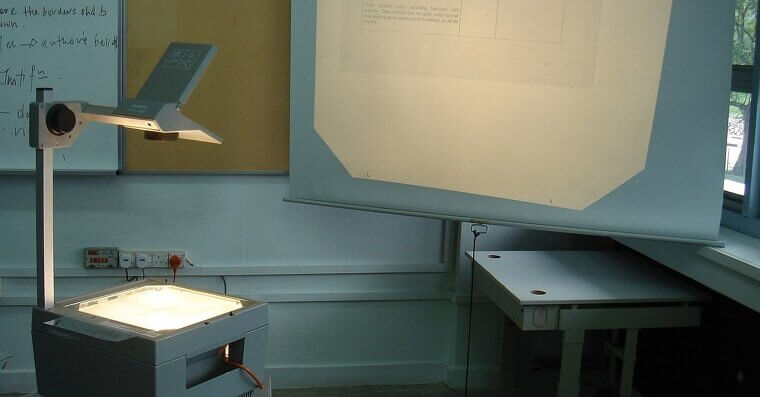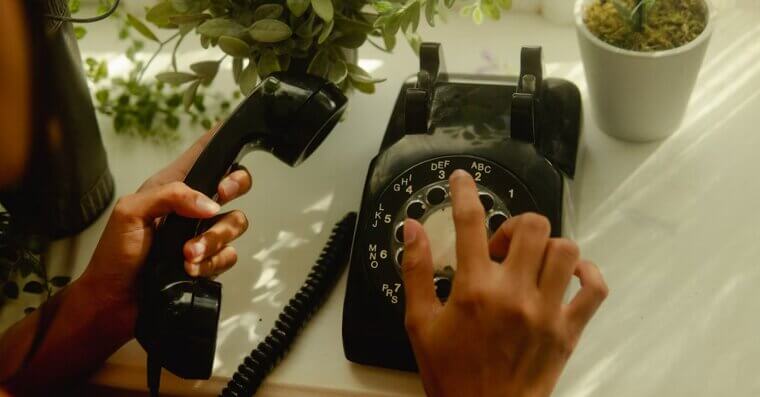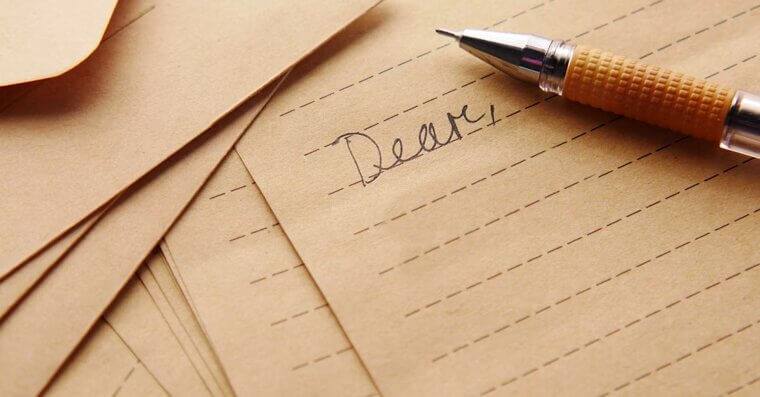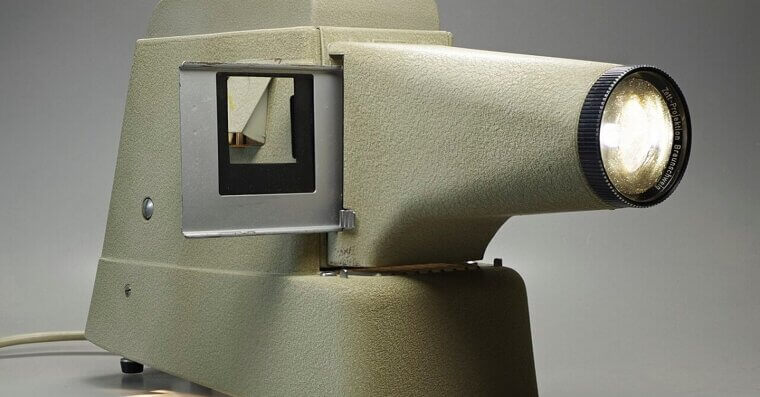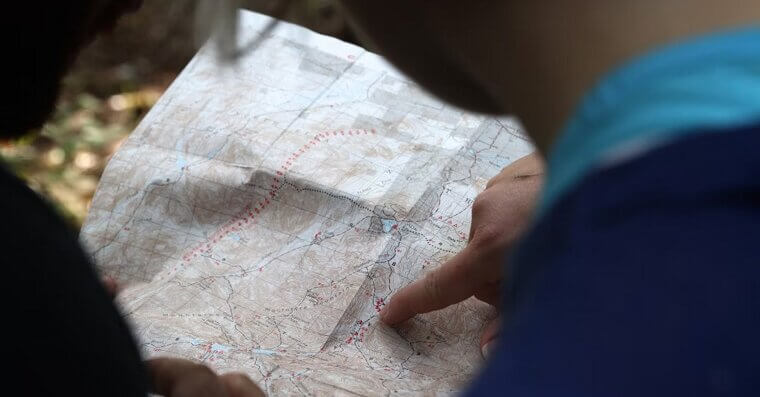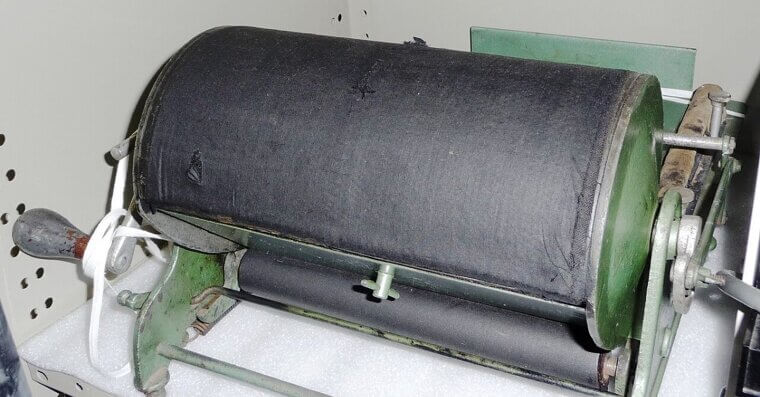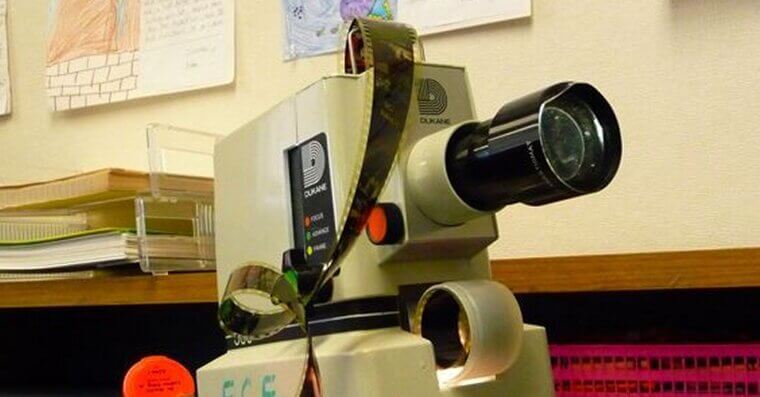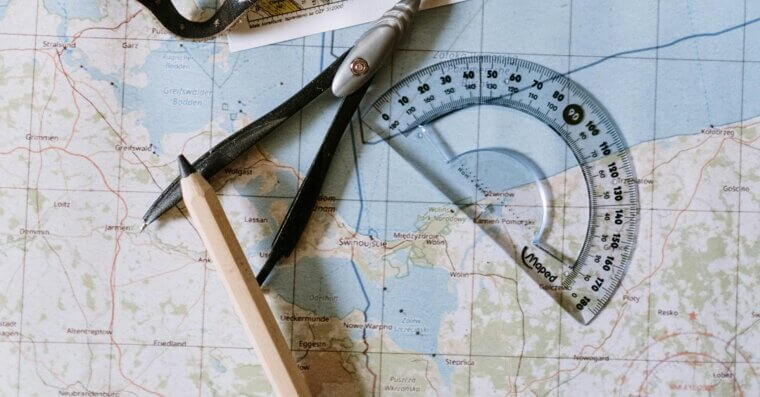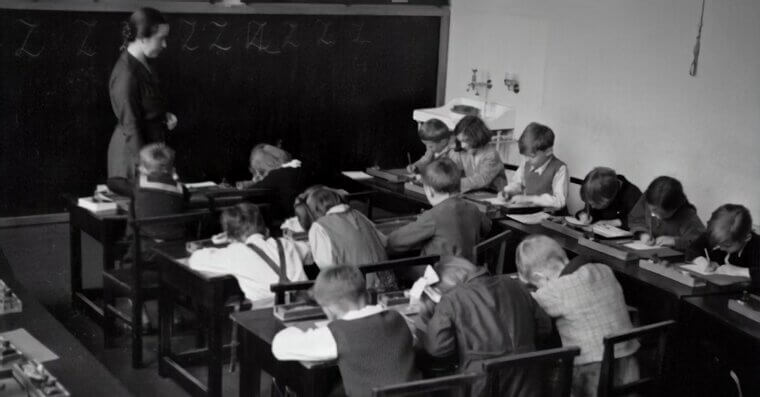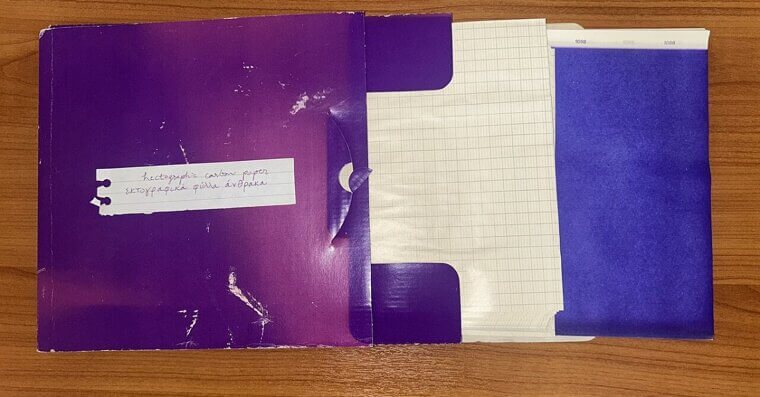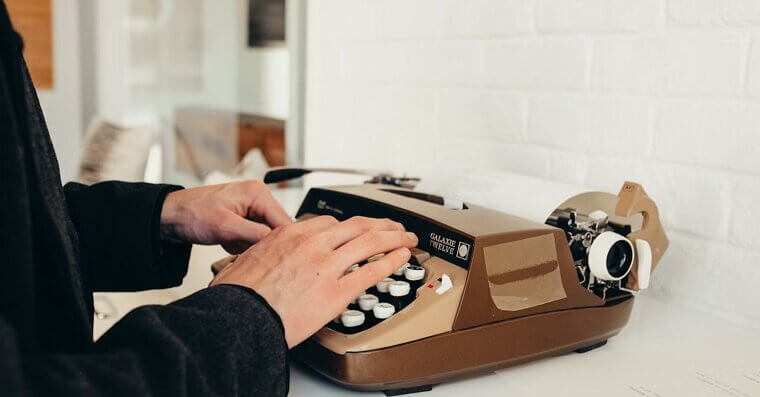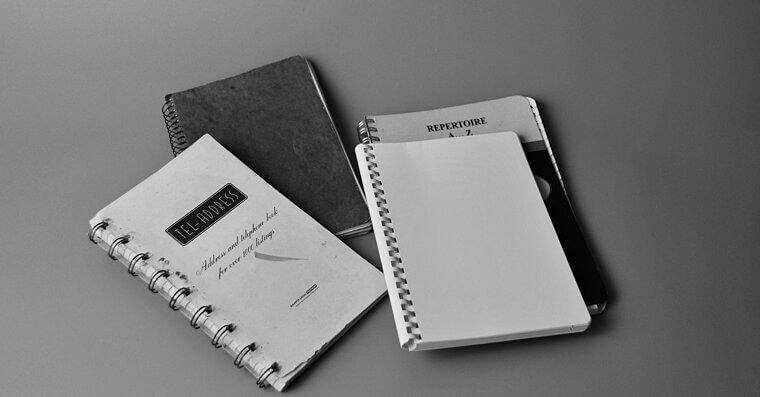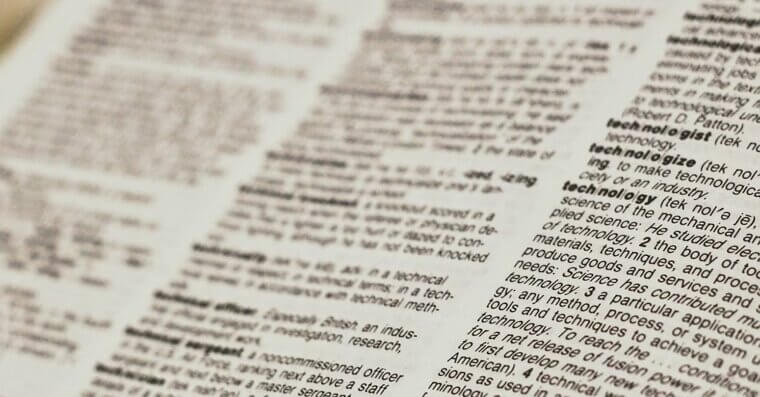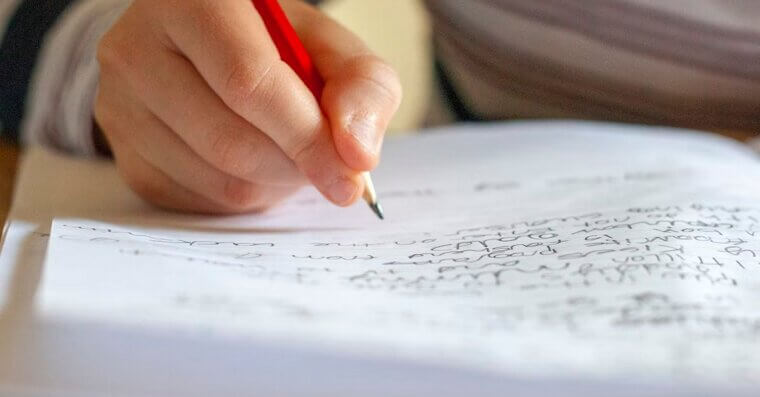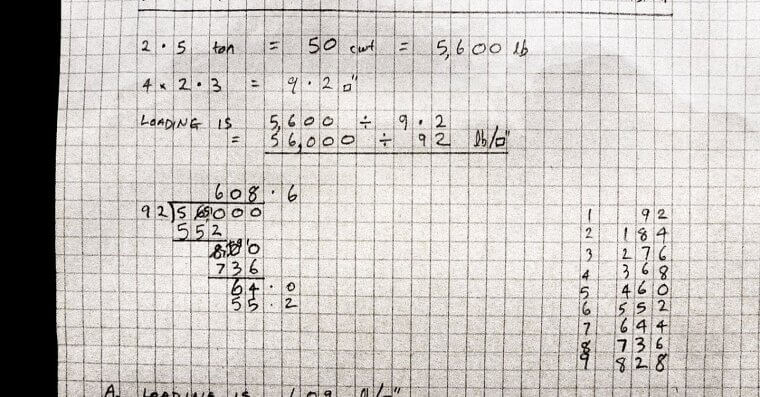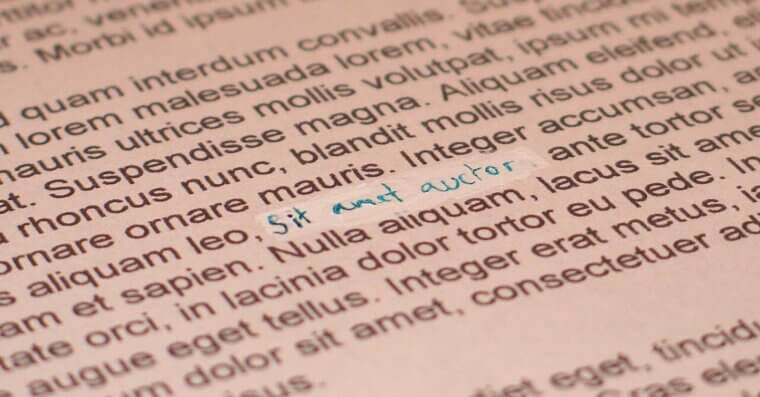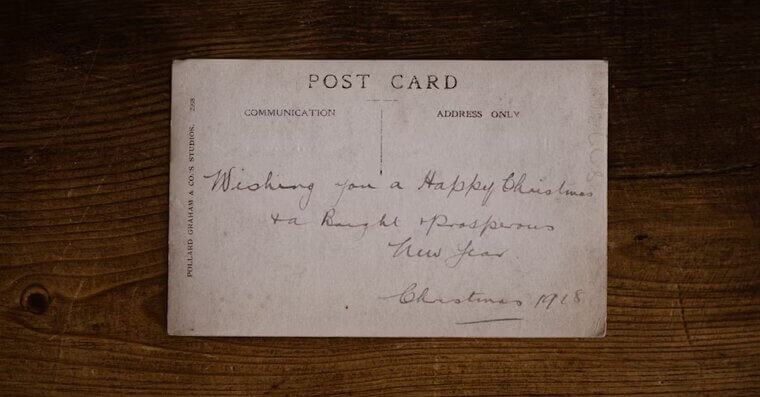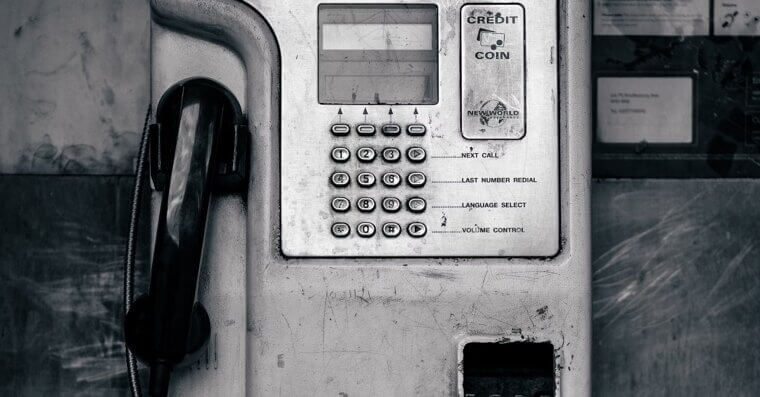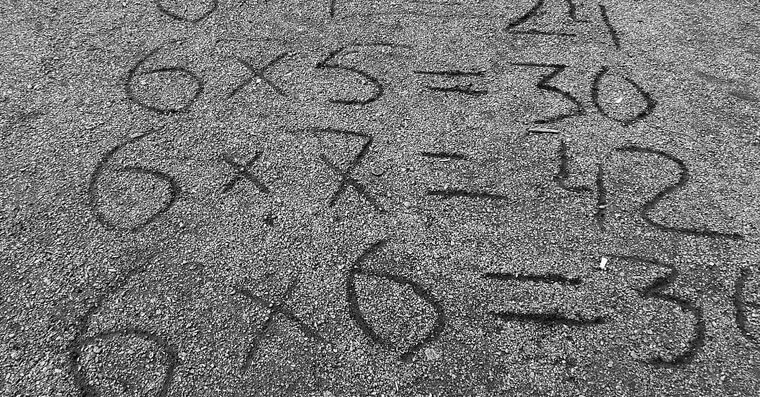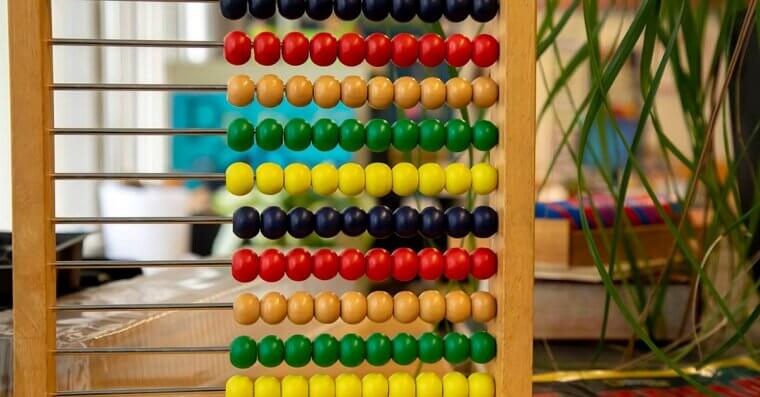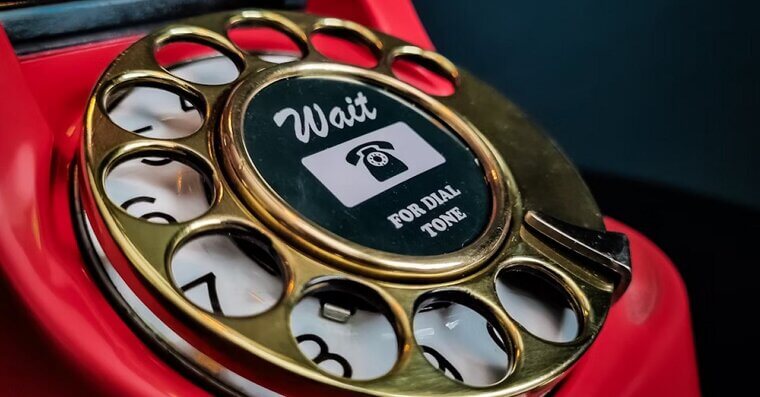Learning Home Economics Skills
Many boomers (especially the women) learned cooking, sewing, ironing, and basic budgeting in school home economics classes. It wasn’t optional either - it was part of the curriculum. Those skills have largely disappeared or been replaced with electives that focus more on digital literacy than domestic tasks.
Typing on a Manual Typewriter
Typing class wasn’t even on keyboards. Boomers learned to hammer out words on clunky manual typewriters - no delete key, no spell check, and plenty of jammed keys. You had to really commit to every letter.
Balancing a Checkbook
Every boomer learned how to keep a paper check register - writing down every deposit, withdrawal, and check number to make sure their account balanced to the penny. It was a vital life skill. But it’s all gone now that online banking has taken over.
Reading and Writing in Gregg Shorthand
Many boomers, especially in business or secretarial tracks, learned Gregg shorthand - a squiggly, symbolic writing style that let you jot down entire conversations quickly. It was incredibly useful for taking fast notes… but it’s almost completely extinct now.
Cursive Writing
Back in the day, neat cursive was a badge of honor. Students spent hours perfecting their signature. But with keyboards and smartphones taking over everything, cursive has become more of a novelty than a necessity. Most younger people print or type everything. While it once symbolized good discipline, it’s now mostly reserved for wedding invitations.
Using a Slide Rule
Before calculators were affordable and worked their way into schools, slide rules were the math class MVP. Students learned to multiply, divide, and find square roots with these clever tools. But once electronic calculators hit the scene, slide rules became museum pieces. Today, most students can barely identify one, let alone use it.
Diagramming Sentences
For boomers, sentence diagramming was a daily English class ritual. Students drew branching lines to break down subjects, predicates, modifiers, and clauses. It was considered the key to mastering grammar. But over time, schools shifted toward more natural language learning and reading comprehension. Today, very few classrooms teach this technique.
Operating an Overhead Projector
Once upon a time, teachers used to wheel in bulky overhead projectors and place clear plastic sheets on the glass. Students took turns flipping slides or adjusting the focus. It felt high-tech at the time… but today’s kids would definitely “lol” at that idea.
Learning to Use a Card Catalog
Finding a book used to mean heading to the library’s wooden card catalog and flipping through rows of tiny index cards. Every student learned how to use the Dewey Decimal System like a pro. Today, a quick online search brings up exactly what you need in seconds.
Memorizing Phone Numbers
Before smartphones held every contact, students had to memorize dozens of phone numbers: friends, family, the local pizza place of course, and maybe the school’s main office. You’d even scribble them down in a little address book. Today, most people only know their own number and maybe one other.
Writing Formal Letters by Hand
Back when handwritten letters were the norm, students learned how to write proper thank you letters, complaint letters, and even how to fold and address an envelope correctly. It was all about neat penmanship and good etiquette. But emails have completely replaced the need for formal handwritten correspondence.
Using a Slide Projector
Before PowerPoint and smartboards, slide projectors were the height of classroom technology. Teachers clicked through physical slides one by one while students watched grainy images on a pull-down screen. If a slide jammed, the whole lesson paused. But today, everything’s digital.
Rewinding Film Reels
Many classrooms had reel-to-reel film projectors for educational movies. Students sometimes learned to thread the film through the machine and rewind it carefully afterward. It took patience and a light touch to avoid breaking the film – things not every student had.
Learning Proper Telephone Etiquette
Phone manners used to be taught in schools. Students practiced answering the phone politely, taking messages clearly, and speaking with a respectful tone. It was considered an essential skill for both personal and professional life. Now, with texts and caller ID, long phone conversations have faded. Few people answer unknown numbers at all.
Reading Maps
Geography and driver’s ed classes once included lessons on reading maps - a surprisingly tricky skill that just isn’t at the forefront anymore. Students learned to find routes without GPS. Now, apps do all the work, and some folks have never driven without them.
Using a Mimeograph Machine
Before modern copiers, schools used mimeograph machines to make class handouts. Some even learned to operate the machine - cranking handles and aligning paper just right. Today, high-speed printers and digital files have made mimeographs completely obsolete. Most kids today wouldn’t even know what one looks like.
Making Change Without a Register
Boomers learned how to make exact change in their heads - a skill sharpened by school fundraisers and part-time jobs. They knew how to count backward to hand someone their change. Now, cash registers and card readers do all the math instantly. Most cashiers just follow the screen at work, and to be fair, this means fewer mistakes are made.
Filmstrip Operation
Teachers often let students run the filmstrip machine, advancing the frame with a beep sound. It was a big responsibility, and if you missed your cue, the whole class groaned. Now, everything is streamed or clicked from a laptop.
Using a Compass and Protractor
Geometry classes once emphasized the proper way to use compasses and protractors for drawing perfect circles and angles. These days, most geometry work happens on tablets, calculators, or apps with built-in tools. A compass is a rare thing to come across.
Spelling Without Spellcheck
Before spellcheck became everyone’s safety net, spelling was a skill you practiced and memorized through endless quizzes. Students used dictionaries constantly. Now, your computer flags mistakes instantly… and some think it’s made us all just a little lazier.
Using Carbon Paper
Making duplicates used to mean layering carbon paper between sheets to transfer handwriting or typewriter text. It was messy, finicky, and easy to smudge. But students in business or typing classes learned the technique like second nature.
Typing With Proper Finger Placement
Typing on a typewriter required disciplined finger placement and posture. Teachers hovered with rulers to correct bad habits, and yes, they were allowed to smack you. Nowadays, most kids learn to type on phones and touchscreens first, often using just their thumbs.
Using Reference Books for Research
Boomers were pros at pulling encyclopedias and atlases off the shelf to write research papers. It meant real digging, not Googling. Students learned how to skim indexes and cross-reference facts. But today, nearly everything is online and accessible in seconds.
Memorizing Addresses
Knowing your friends’ addresses wasn’t optional - you needed it to mail letters and send invites. Students wrote them in small address books and actually remembered them. Now, your phone or your laptop stores everything and most people only know one or two addresses.
Using a Dictionary
The dictionary used to have pride of place in every English classroom, and students would go to look up any word they didn’t understand. But these days you just don’t get many paper dictionaries… everything is online.
Proper Penmanship Drills
Entire lessons used to be dedicated to neat handwriting – people would judge you on it in later life after all. Teachers graded penmanship like it mattered. But today, with typing dominating both school and work, penmanship has slipped down the priority list.
Calculating With Long Division
Before calculators were allowed in class, students spent hours mastering long division by hand. It was a rite of passage… and a headache. Now, calculators do the work instantly, and while kids still learn the basics, they don’t rely on it for everyday problem-solving.
Using White-Out
If you were typing and made a mistake, you had no choice but to erase the error with white-out. Maybe it wasn’t quite a “skill” but it was something everyone did. But with typewriters no longer a thing, white-out is very rarely used in schools now.
Wrapping Textbooks With Paper Covers
Boomers often wrapped their textbooks in brown paper bags or decorative covers to keep them clean. It was a skill every student picked up at the start of the year. This one actually lasted well into the 00s in some schools, but now, everyone uses tablets.
Sending Postcards From Field Trips
Back in the day, part of a school trip often involved buying and mailing a postcard. Kids practiced writing short, polite messages and learned how to address mail properly. Now, parents get instant photo updates and texts from their kids’ phones and few people still send postcards.
Using a Payphone
Before cell phones, students learned how to use payphones in case of emergencies - memorizing calling card codes or carrying quarters just in case. They even learned how to make collect calls. But with cell phones in every pocket, payphones are practically extinct.
Memorizing Multiplication Tables by Chant
Boomers chanted “6 times 7 is 42” until it was burned into their brains. Memorization drills were a big part of math education. Now, students often rely on calculators early on, and multiplication is reinforced more through games than strict chanting.
Using an Abacus
While not every school had them, some classrooms for younger kids still used abacuses to teach basic arithmetic. Kids learned to slide beads and count them manually. It’s a technique that feels ancient today, though it once helped kids understand numbers in a tactile way.
Learning to Write a Check
Writing checks was once a basic life skill taught in school, especially in business or personal finance classes. Students practiced filling out every line correctly to avoid mistakes. But many of today’s kids have never even seen a checkbook, let alone learned to make one out in school.
Using a Rotary Phone
Rotary phones were once standard household tech, and kids grew up learning how to dial carefully, one slow turn at a time. Mess up a single number, and you’d have to start all over. There was no redial button or caller ID, either. Kids today would fast get annoyed if they had to use a rotary phone.

